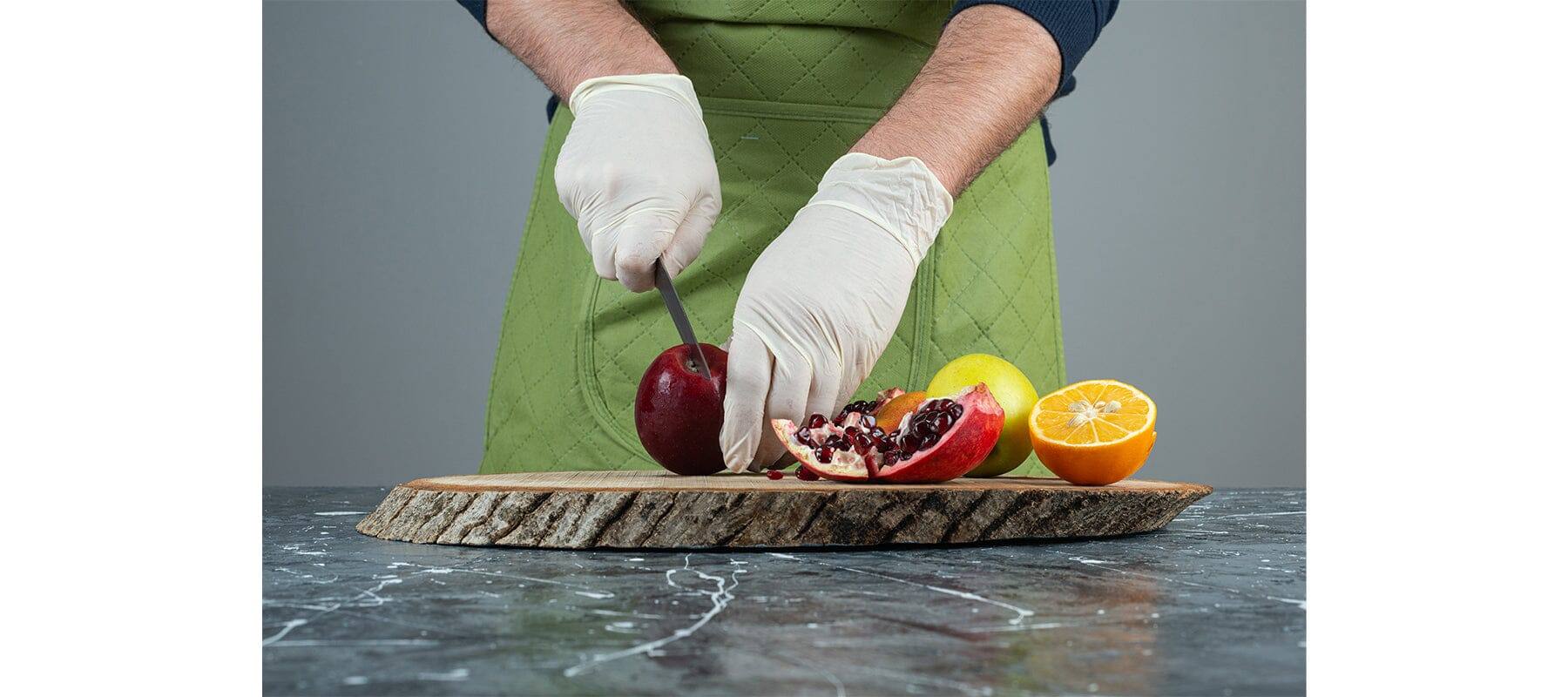
Best Disposable Gloves for Cooking & Food Preparation
Did you know that 42 million people in the US get sick from a foodborne illness each year? To prevent the spread of illness, using disposable gloves in food preparation is essential. There are three types of gloves commonly used in food preparation: latex, vinyl, and nitrile. Choosing the best type of glove for your specific needs depends on the type of food preparation work involved.

When selecting disposable gloves, it's important to consider the type of protection needed. Thicker gloves offer more protection from blades, while thinner gloves allow for more dexterity and tactile sensation. Heat protection is also a consideration if there is a lot of washing up involved. Finally, the frequency of glove changes should be considered when choosing a glove type.
-
Latex gloves are the most common type of disposable glove used in food preparation. They are affordable, offer good grip, and are thin, allowing for good dexterity. However, they do not offer knife protection and can tear easily.

-
Vinyl gloves are a cheaper option than latex gloves, but they are even thinner and offer even less protection from blades. They are suitable for basic food preparation tasks and are the most heat-resistant of the three options.

-
Nitrile gloves are the most expensive option but offer the most durability and protection from blades. They are also designed with dexterity and tactility in mind, making them suitable for staff handling knives all day. However, they are not heat-resistant and are more expensive than latex or vinyl gloves.

- Polyethylene gloves are lightweight, inexpensive, and disposable, making them a convenient option for frequent glove changes. These gloves provide a barrier between the hands and the food, helping to prevent the spread of germs and cross-contamination. However, they are not as durable as other types of gloves and may tear easily, especially when handling sharp objects.

In summary, selecting the right type of disposable glove for food preparation depends on the level of protection needed, the frequency of glove changes, and the type of food preparation work involved. Latex gloves are affordable and offer good grip, vinyl gloves are the most heat-resistant, nitrile gloves are the most durable and offer the most protection from blades, while polyethylene gloves are the cheapest.

Leave a comment